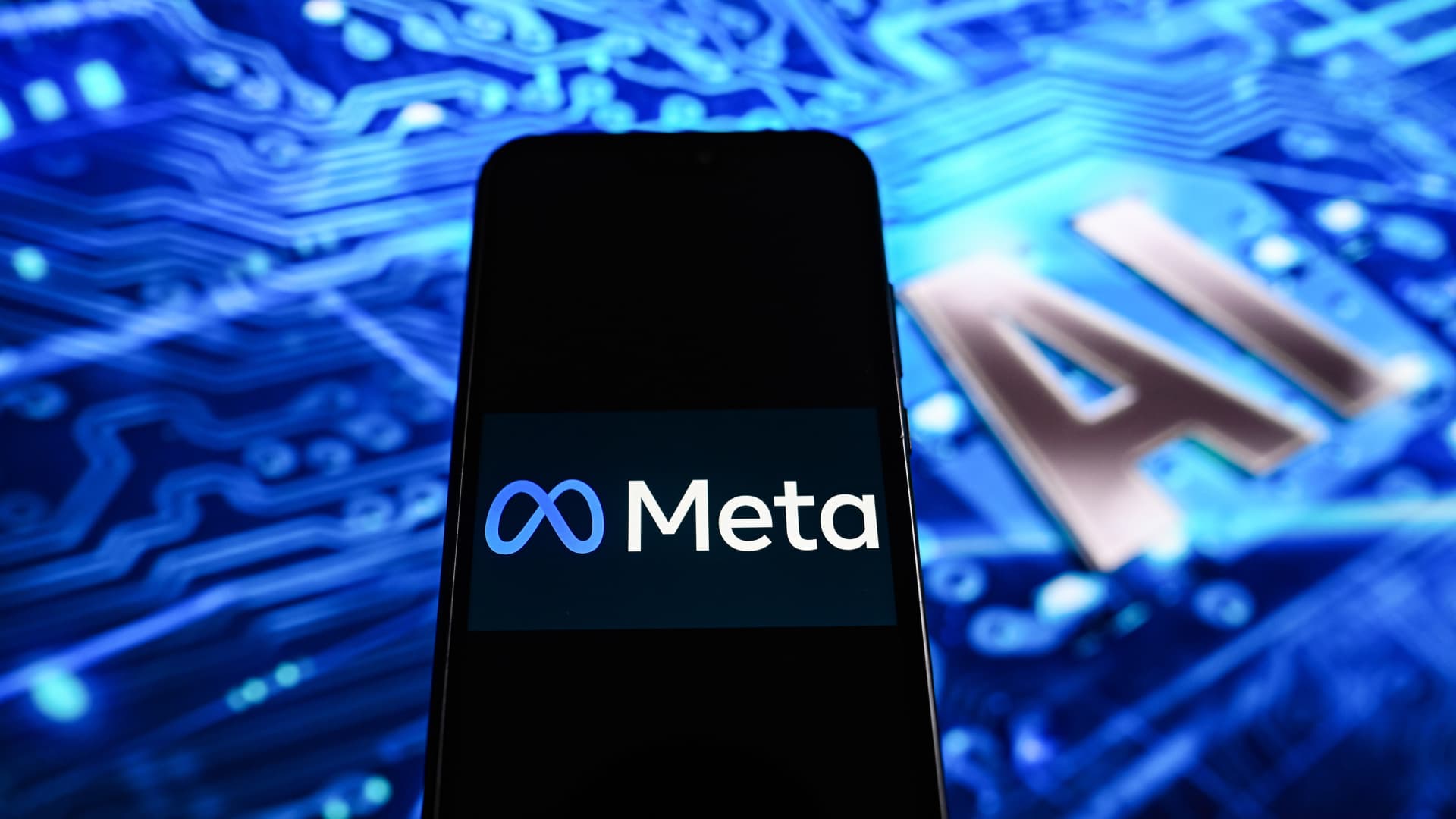Meta’s hefty investment in artificial intelligence includes development of an AI system designed to power Facebook’s entire video recommendation engine across all its platforms, a company executive said Wednesday.
Tom Alison, the head of Facebook, said part of Meta’s “technology roadmap that goes to 2026” involves developing an AI-recommendation model that can power both the company’s TikTok-like Reels short video service and more traditional, longer videos.
To date, Meta has typically used a separate model for each of its products, like Reels, Groups and the core Facebook Feed, Alison said onstage at Morgan Stanley’s tech conference in San Francisco.
As part of Meta’s ambitious foray into AI, the company has been spending billions of dollars on Nvidia graphics processing units, or GPUs. They’ve become the primary chips used by AI researchers for training the types of large language models (LLMs) used to power OpenAI’s popular ChatGPT chatbot and other generative AI models.
Alison said “phase 1” of Meta’s tech roadmap involved switching the company’s current recommendation systems to GPUs from more traditional computer chips, helping to improve the overall performance of products.
As interest in LLMs exploded last year, Meta executives were struck by how these big AI models could “handle lots of data and all kinds of very general-purpose types of activities like chatting,” Alison said. Meta came to see the possibility of a giant recommendation model that could be used across products, and by last year built “this kind of new model architecture,” Alison said, adding that the company tested it on Reels.
This new “model architecture” helped Facebook obtain “an 8% to 10% gain in Reels watch time” on the core Facebook app, which Alison said helped prove that the model was “learning from the data much more efficiently than the previous generation.”
“We’ve really focused on kind of investing more in making sure that we can scale these models up with the right kind of hardware,” he said.
Meta is now in “phase 3” of its re-architecture of the system, which involves trying to validate the technology and push it across multiple products.
“Instead of just powering Reels, we’re working on a project to power our entire video ecosystem with this single model, and then can we add our Feed recommendation product to also be served by this model?” Alison said. “If we get this right, not only will the recommendations be kind of more engaging and more relevant, but we think the responsiveness of them can improve as well.”
Illustrating out how it will work if successful, Alison said, “If you see something that you’re into in Reels, and then you go back to the Feed, we can kind of show you more similar content.”
Alison said Meta has accumulated a massive stockpile of GPUs that will be used to help its broader generative AI efforts, such as development of digital assistants.
Some generative AI projects Meta is considering include incorporating more sophisticated chatting tools into its core Feed so a person who sees a “recommended post about Taylor Swift,” could perhaps “easily just click a button and say, ‘Hey Meta AI, tell me more about what I’m seeing with Taylor Swift right now.'”
Meta is also experimenting with integrating its AI chatting tool within Groups, so a member of a Facebook baking group could potentially ask a question about desserts and get an answer from a digital assistant.
“I think we have the opportunity to put generative AI in kind of a multiplayer kind of consumer environment,” Alison said.
